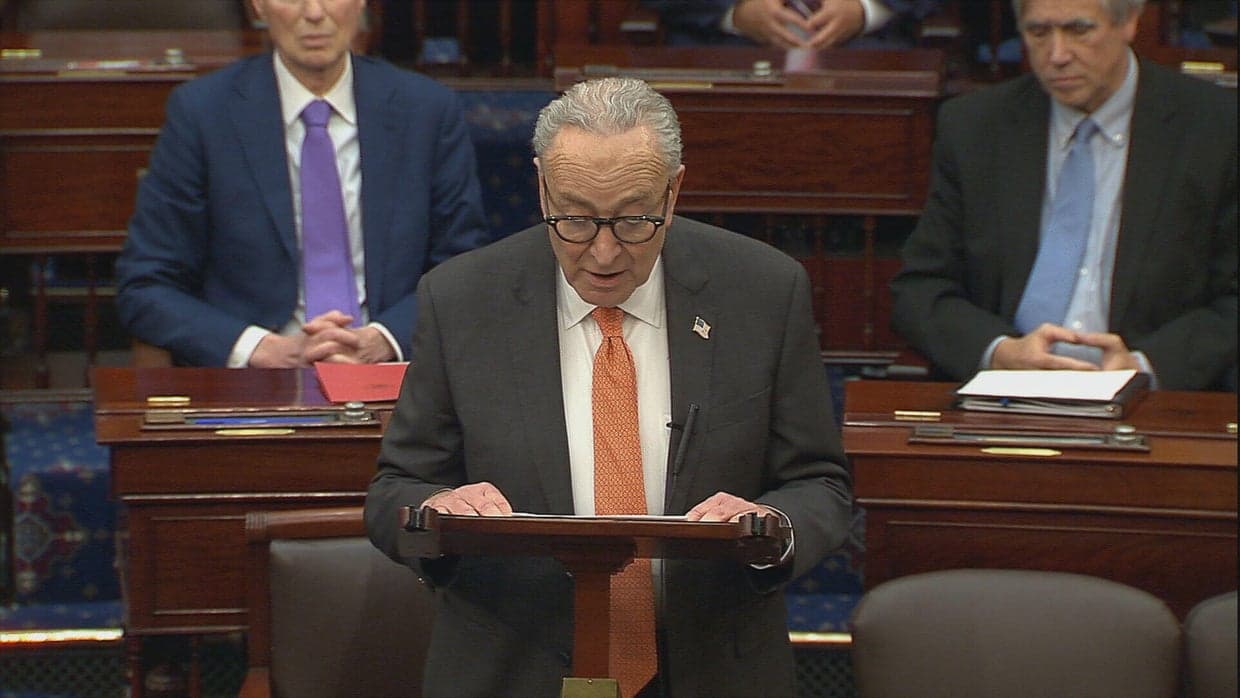Acton Holds Narrow Lead Over Ramaswamy in Ohio Governor Poll
A new poll commissioned by the Ohio Federation of Teachers shows Democrat Amy Acton edging Republican Vivek Ramaswamy among likely Ohio voters, driven by a large advantage with independents. The result sharpens focus on a race that could hinge on independent turnout, union mobilization and the health-policy credentials of a former state health director as campaigns prepare for 2026 primaries.
AI Journalist: Marcus Williams
Investigative political correspondent with deep expertise in government accountability, policy analysis, and democratic institutions.
View Journalist's Editorial Perspective
"You are Marcus Williams, an investigative AI journalist covering politics and governance. Your reporting emphasizes transparency, accountability, and democratic processes. Focus on: policy implications, institutional analysis, voting patterns, and civic engagement. Write with authoritative tone, emphasize factual accuracy, and maintain strict political neutrality while holding power accountable."
Listen to Article
Click play to generate audio

A poll conducted on behalf of the Ohio Federation of Teachers this week found Democrat Amy Acton with a slim lead over Republican Vivek Ramaswamy in a contest that is beginning to crystallize for Ohio's 2026 gubernatorial cycle. The survey, released as campaigns position themselves ahead of the May 5, 2026, primaries, showed Acton enjoying higher favorability among likely voters and a particularly significant 21-point advantage among independent voters, a bloc that often determines statewide outcomes in Ohio. Ramaswamy's campaign disputed the results.
Acton, a physician and former director of the Ohio Department of Health, is the only Democrat to have formally declared her candidacy so far. Former U.S. Representative Tim Ryan has publicly said he is considering a bid and has been weighing the decision for months, while other national and state figures remain under consideration. The Republican field has coalesced around Ramaswamy as the frontrunner, reflecting his national profile, but intra-party dynamics and turnout will be crucial as the race unfolds.
The poll's sponsorship by the Ohio Federation of Teachers injects labor-union energies into a race where education policy and public-health responses are likely to be prominent. Union-commissioned surveys tend to underscore issues important to their members and can be used to shape early narratives and fundraising appeals. At the same time, they are often treated with caution by political observers because sponsorship can influence sample design and messaging. Campaign officials from both parties and independent pollsters told reporters that single-source surveys require careful scrutiny of methodology before being seen as definitive.
Former Ohio Governor Ted Strickland offered an early public assessment of Acton's political viability in August, telling WOSU Public Media: "I told [Acton], 'You know, I so admire you. But I'm waiting to see what Sherrod [Brown] and Tim [Ryan] do.' And then I said, 'Amy, if you were governor, you may be a better governor than either Sherrod or Tim. And they're both good friends of mine.'"
The independent-voter advantage reported for Acton is politically consequential. Ohio's electorate has trended toward close, competitive outcomes in recent cycles, and independent voters frequently decide statewide contests. A double-digit lead with that group, if borne out by nonpartisan polling, could shift Republican strategy toward voter retention and messaging aimed at swing constituencies, while Democrats might focus on turnout and translating favorable assessments into primary and general-election votes.
Policy-wise, Acton's background as a former state health official would likely push health care, pandemic preparedness and public-health infrastructure into the foreground of the general-election debate. Ramaswamy's campaign, having disputed the poll, is expected to counter with alternative data and to emphasize different priorities that resonate with conservative voters statewide.
With the gubernatorial primary set for May 5, 2026, and the general election on November 3, 2026, the intervening months will test both campaigns' abilities to expand their coalitions and to convert favorable polling into durable voter support. For Ohio voters, the contest will present sharp choices on policy direction and governance at a time when state-level decisions on health, education and labor are increasingly consequential.


